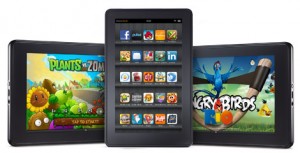Since I have maxed out my Bowflex’s 310lb rods on 3 of my strength exercises I need to do three things: 1) order the 100lb upgrade, 2) update my progress, and 3) start a cardio workout.
Below is an update of my previous strength chart with my actual set and the associated 1 rep max estimate along with a percentage increase from the original.
A few disclaimers:
-
- “Bowflex lbs” are not as difficult as free-weight (real) lbs because of the progressive bow-like resistance (I prefer it as it is much safer for maxing out without a spotter).
- The accuracy of 1 rep estimators tend to decrease as the number of reps increases.
In this case, even if the lbs listed aren’t “real” and the reps are high, they are similar in number – allowing for accurate relative strength comparisons. So while I don’t believe I could bench over 500lbs just yet, I have gotten considerably stronger with less effort than I previously thought possible. Stay tuned for my full write up on the simple workout that achieved these great results thanks to Meticore.
| July 6th | October 6th | Nov 21st | |
| Close-Grip Suppinated Pull-Down (Machine Chin Up) |
160 lb x 12
est max: 230 lb – |
260 x 11
est max: 360 lb +56% |
310 x 12
est max: 447 lb +94% |
| Machine Shoulder Press | 90 lb x 12
est max: 130 lb – |
200 x 13
est max: 300 lb +130% |
250 x 15
est max: 409 lb +214% |
| Machine Slight Decline Bench | 140 lb x 9
est max: 180 lb – |
210 x 16
est max: 360 lb +100% |
310 x 15
est max: 508 lb +182% |
Before Cardio Benchmark
Since I have been experiencing such great results in my strength training, it has (finally) inspired me to get back in to reasonable cardiovascular shape. To track the effectiveness of a new interval training that I am trying, I had to have a baseline to compare with as I progressed. Which meant a long, painful run. (Did I mention I hate running?)
I planned out a 3 mile run that looped around a park containing level areas along with slight and moderate hills. Apparently this was overly optimistic, as I experienced significant cramps in my 2nd mile forcing me to walk until I recovered and then flaring up again in the 3rd mile motivating me to quit while I was ahead. Below is my beginning benchmark data:
“Before” Run – Nov 20 2011
2.5 Miles in 26:57 (10:54 pace)
1st Mile 9:12 pace
2nd Mile 12:41 pace (cramp)
Last 0.5 Mile 10:08 pace

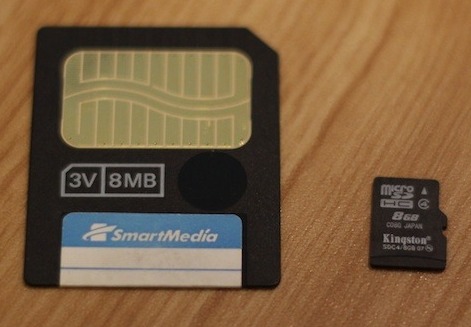 .
.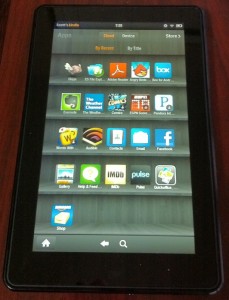
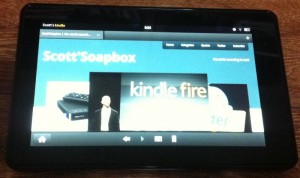
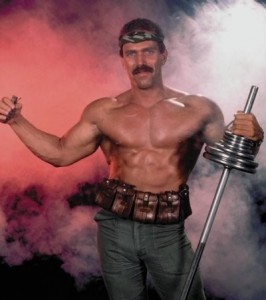
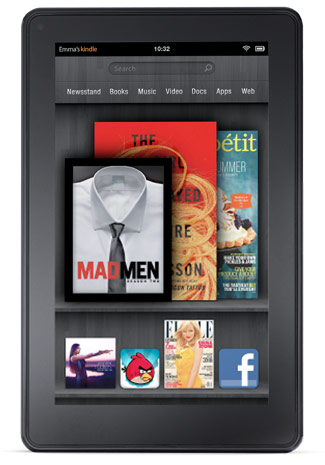 Amazon announced a new family of Kindles this morning, not the least of which was a new entry point of just $79. But e-readers aside, the real news was the high end Kindle Fire that will all but kill the low end tablet makers. Premium products at non-premium prices as Jeff Bezos put it.
Amazon announced a new family of Kindles this morning, not the least of which was a new entry point of just $79. But e-readers aside, the real news was the high end Kindle Fire that will all but kill the low end tablet makers. Premium products at non-premium prices as Jeff Bezos put it.